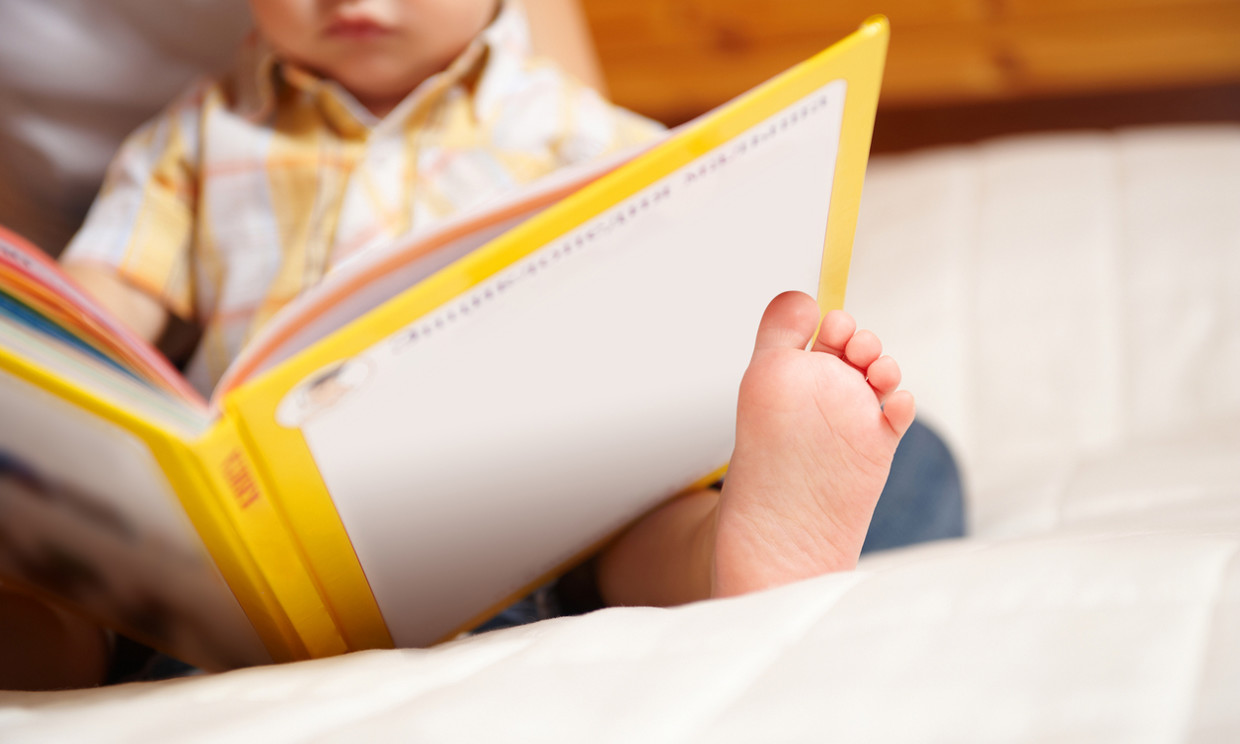How to create a transition and rest routine for your child
A rest can be just as beneficial for a child as sleep and according to Goodstart’s early learning expert Kylie Dawson it should be factored into a child’s everyday routine.
In part 1 of the rest content series, Ms Dawson discussed why rest periods throughout the day were important, what rest looked like and why rest mattered for children particularly those who no longer needed a nap during the day.
In this article, Ms Dawson discusses the importance of creating rest environments, how parents can help support a child to rest and how to develop a transitioning routine that signals to your child a rest is coming.
Create a rest environment
Ms Dawson recommends first establishing an environment that supports rest and relaxation in order to make rest time an everyday routine.
“It is important for a child to know they could access a quiet space conducive to rest or sleep at any time during the day,” she said.
“Dimmer lighting, low noise levels, and using comfortable furniture including cushions are effective ways to create a rest environment that will support a child to engage in rest.”
How parents can support a child to rest
She said parents could sit down on the ground and read a book with their child, or perhaps engage in more active experiences, such as drawing or doing a puzzle.
“Some children need to expend energy and be active to be able to then transition into a state of rest.”
Resistance to transitioning to rest or sleep, or the inability to self-regulate one’s emotions in order to rest or sleep, may be because the child seeks relationship and contact, she said.
“Essentially they are looking for someone they trust to help them organise their feelings,” she said.
“Depending on the situation, physical contact may help a child feel safe and allow their parasympathetic nervous system, their rest and digest system, to engage which will support their transition to rest or sleep.
“Your attention and support in regulating your child’s emotions during this time may be exactly what your child needs to engage in rest.
“Together you could read a book, do a drawing or some beading, and use a soft, calm voice which will signal to your child it is rest time.”
She said a key tip for parents was to consider their emotional and mental state.
“A parent’s calm mood can support a child to rest. While it can be tough at times when your child is overtired or struggling to rest or sleep, a simple yet effective strategy for parents for when things get tense is to take a moment and take a few deep breaths.”
Transition and rest routine
Ms Dawson said if it was possible, collaboratively develop a transition and rest routine with your child.
“Firstly, talk to your child about what sorts of things make them feel calm to help identify activities as part of their rest routine,” she said.
“The transitioning routine might include them helping their sibling take their shoes off or making their bed, drawing the curtains, pressing play on some very soft music, or gathering some books to read.
“This routine will signal to the child that the time for them to rest is coming,” she said.
Ms Dawson is one of Goodstart’s Early Learning Capability Consultants. The Early Learning Capability Team develop high quality, evidence-based professional learning materials to improve early childhood practice and knowledge of children’s development, learning and wellbeing.


